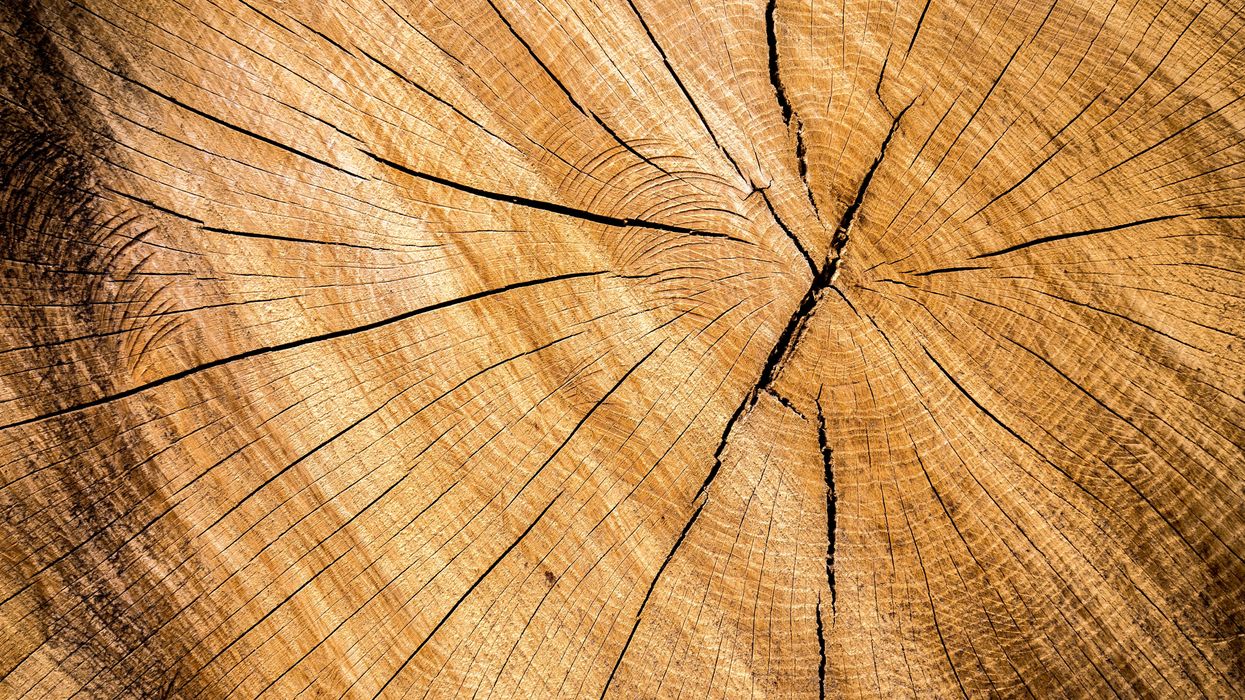Science & Tech
Catherine Shuttleworth
Sep 29, 2023

Scientists discover that a large swathe of the US is facing a serious earthquake threat
Photo by Simon Stankowski on Unsplash
Scientists are using tree rings to help them determine when an earthquake is set to hit the US.
According to new University of Arizona-led research, tree rings helped pinpoint an earthquake that occurred in the Puget Lowlands in western Washington about 1,000 years ago. Their findings mean that there is the potential for a repeat event soon, shaking the region that now homes over 4 million people.
The earthquake from roughly 1,000 years ago was either the result of all the shallow faults - a break in the rock beneath our feet - in the region rupturing together, or - as seen in Turkey and Syria earlier this year - twin quakes that occurred back-to-back. Shallow faults typically result in more violent shaking than earthquakes generated from other geological configurations.
Bryan Black, an associate professor of dendrochronology in the University of Arizona Laboratory for Tree-Ring Research said: "There are four shallow faults that had shown evidence of having ruptured roughly 1,000 years ago in a cluster of earthquakes called the millennial cluster." For example, "a 25-foot cliff was thrusted into the air from west Seattle out to Puget Sound. It also triggered a local tsunami and landslides that stripped mountainsides of whole forests and discarded them into nearby lakes Washington and Sammamish."
In order to try and find out when these faults erupted, scientists turned to the trees.
With each passing year, trees add a ring around their trunks. The ring width is determined by the climate they experience, with wider rings signalling favourable conditions, and thinner rings signalling unfavourable. Therefore, tree rings help create time-specific patterns.
Dendrochronologists can match these time-specific growth patterns in dead trees with patterns from living trees. If there is overlap with living trees, the exact dates of when the dead trees lived, and died, can be determined. This approach was used to establish when the earthquake-killed trees died in the Puget South region.
In 2021, Black went into the mountains of the Pacific Northwest to participate in harvesting stumps from trees that had died when the Saddle Mountain Fault impounded a stream that flooded a forest.
When Black compared the growth patterns, he observed that the trees did the exact same year across both the Saddle Mountain and Seattle faults.
"Combined, the evidence showed us that these trees from across the region died together, and this was in fact a linked event," Black said. "Demonstrating that these faults can rupture synchronously or in very rapid succession has really changed what we understand about the hazard in the region."
"If Saddle Mountain and Seattle faults went together it would be on par with the 1906 earthquake in San Francisco," Black said. "Or, like the quakes in Turkey, they can also go at rapid succession. If that were the case, the infrastructure and landforms already weakened by one quake are then going to get the knockout punch with a second quake. It will still be quite destructive: thrusting up water mains, severing roads, triggering landslides and local tsunamis."
Thankfully, Black reassured, the more severe the earthquake, the less frequent it is. Meaning that such a devastation is relatively uncommon.
The findings were published in the journal Science Advances.
Sign up to our free Indy100 weekly newsletter
Have your say in our news democracy. Click the upvote icon at the top of the page to help raise this article through the indy100 rankings.
Top 100
The Conversation (0)













